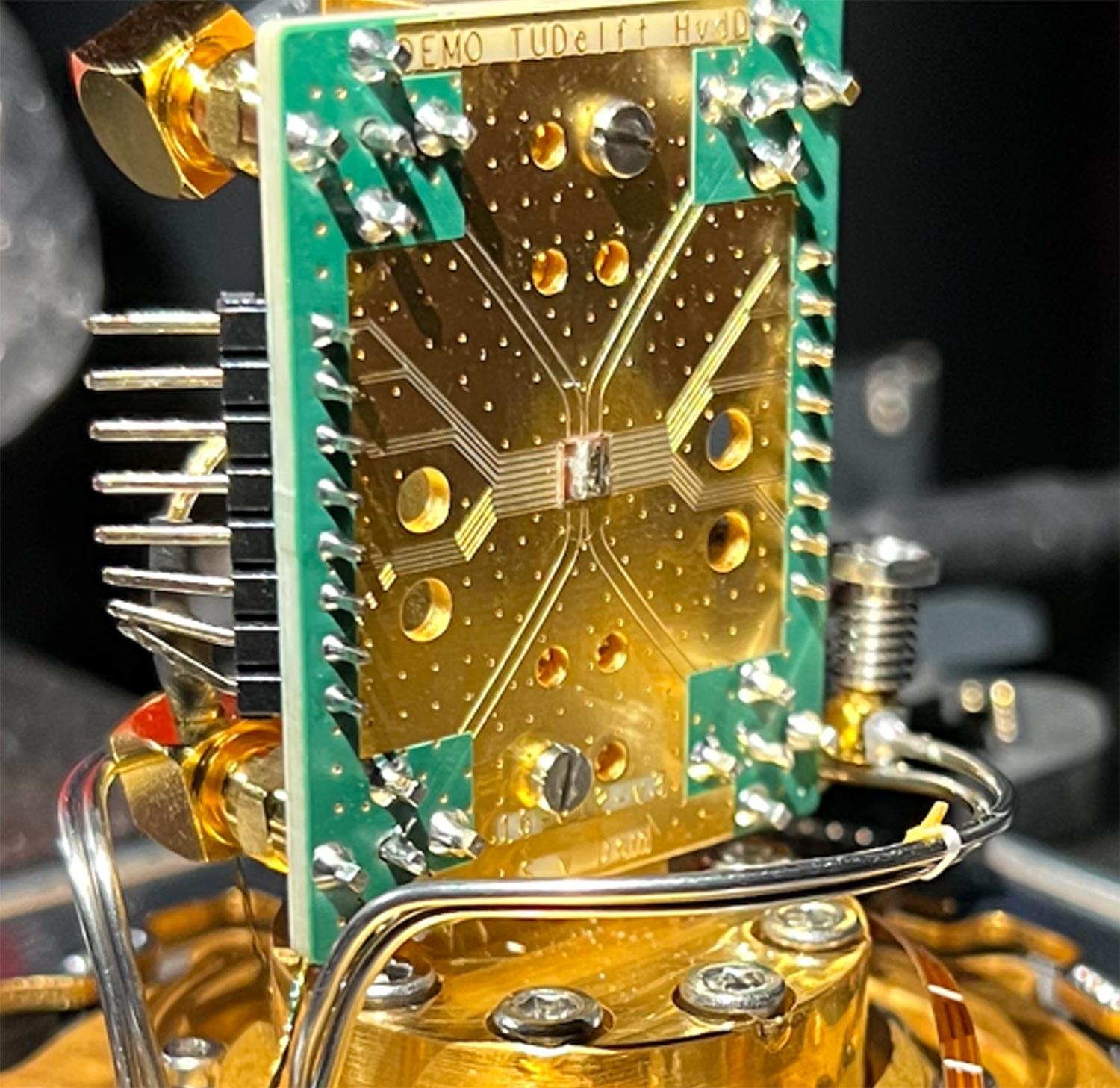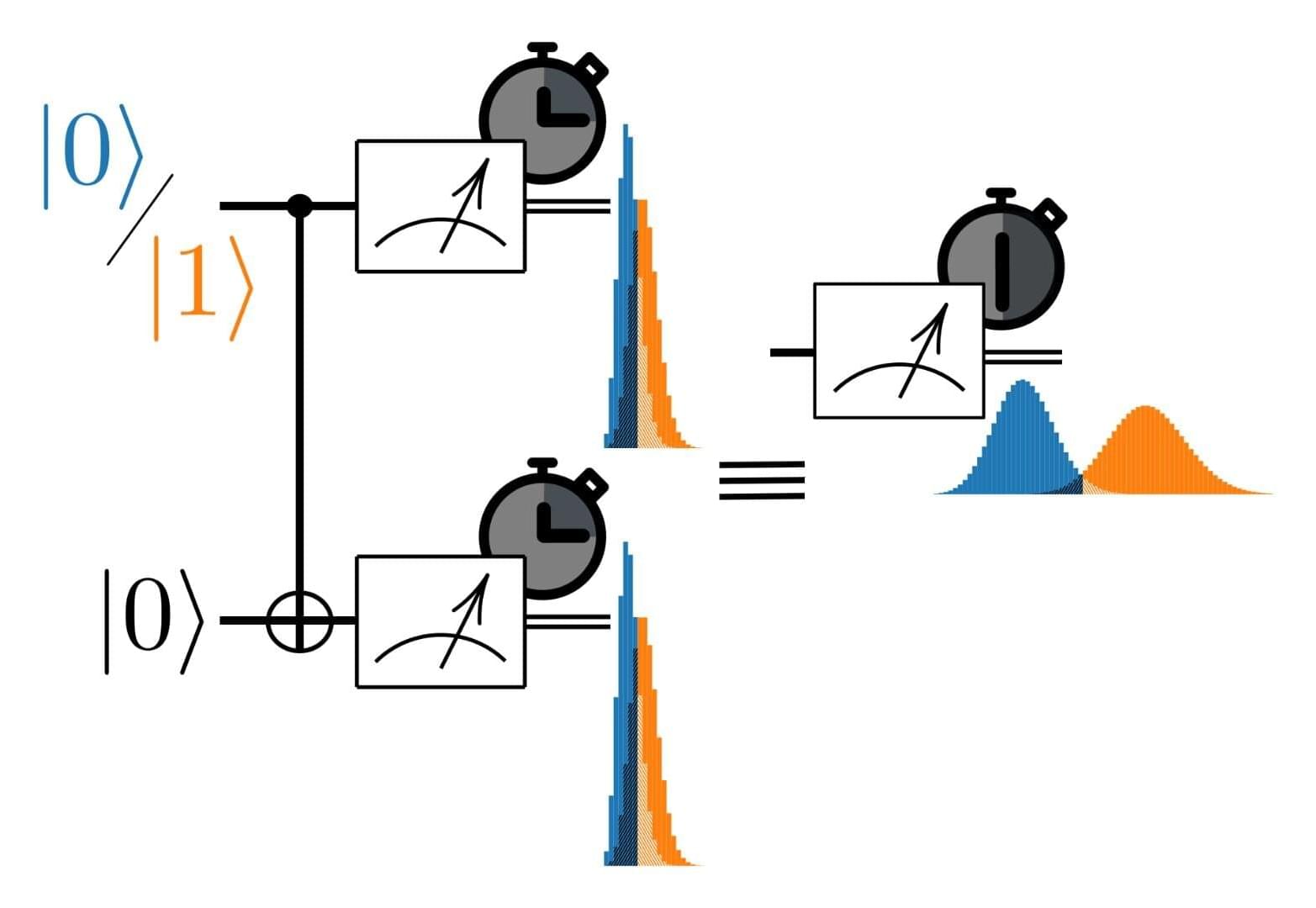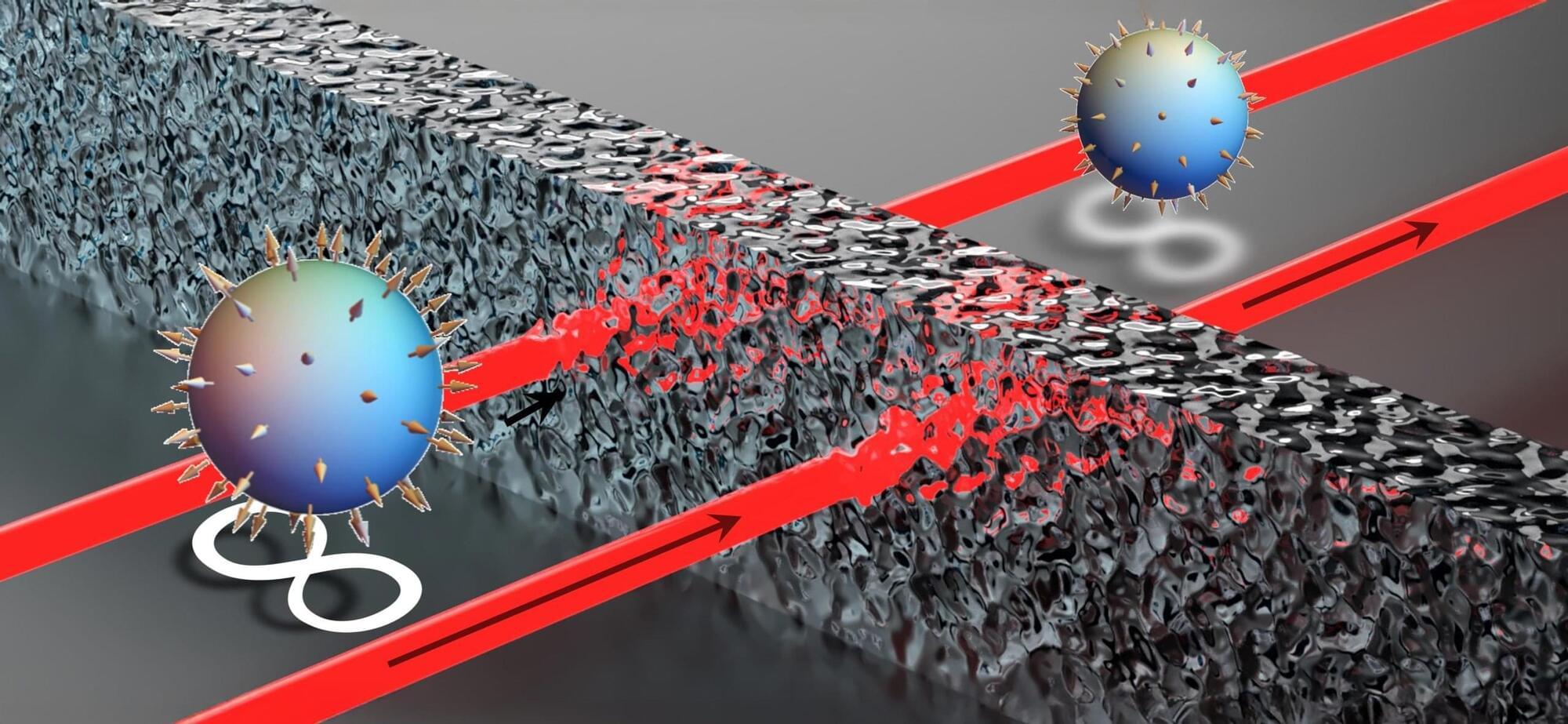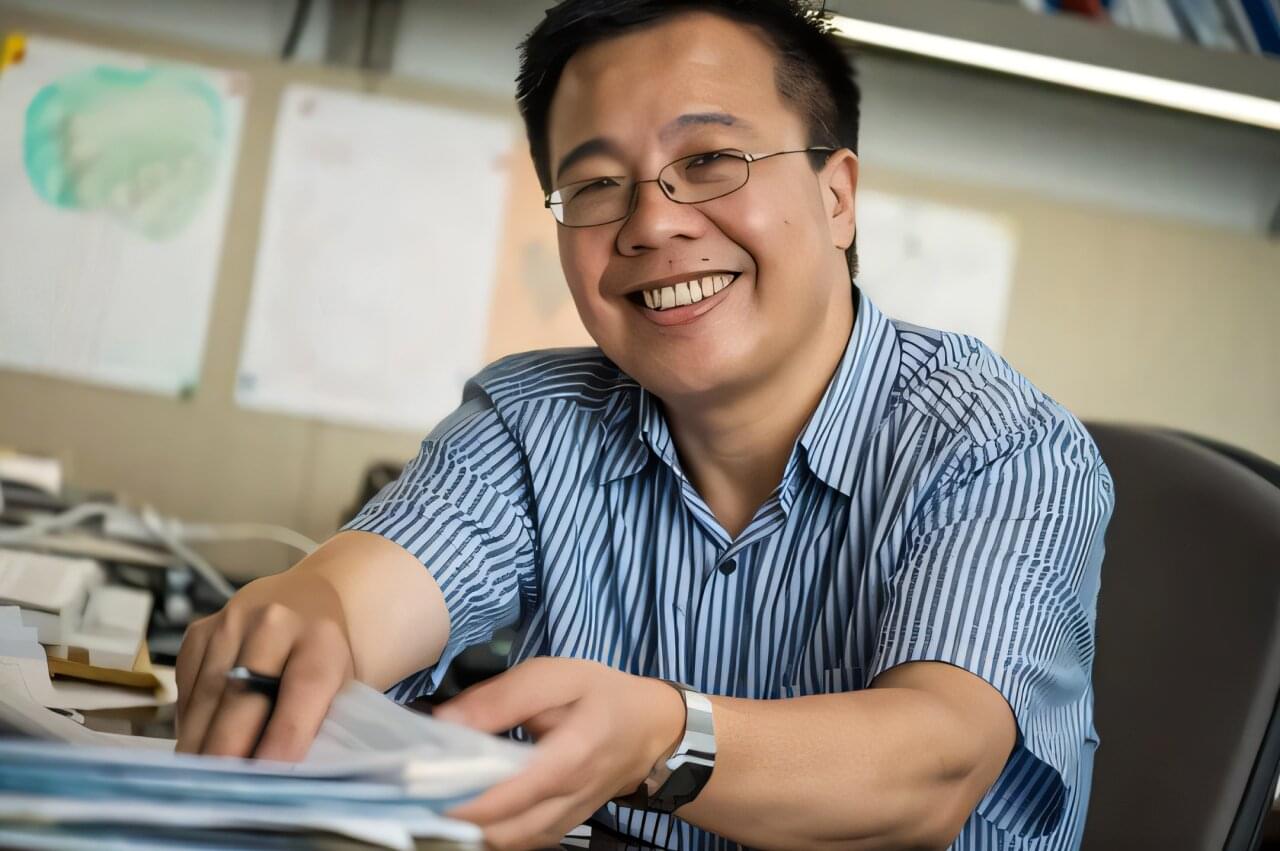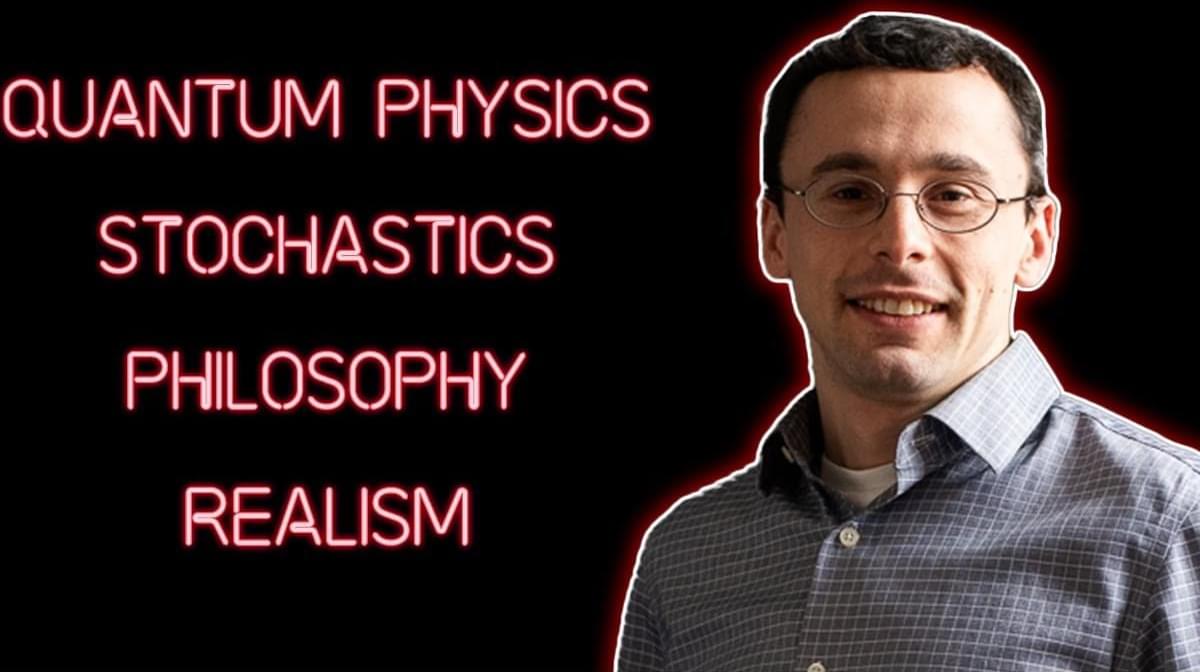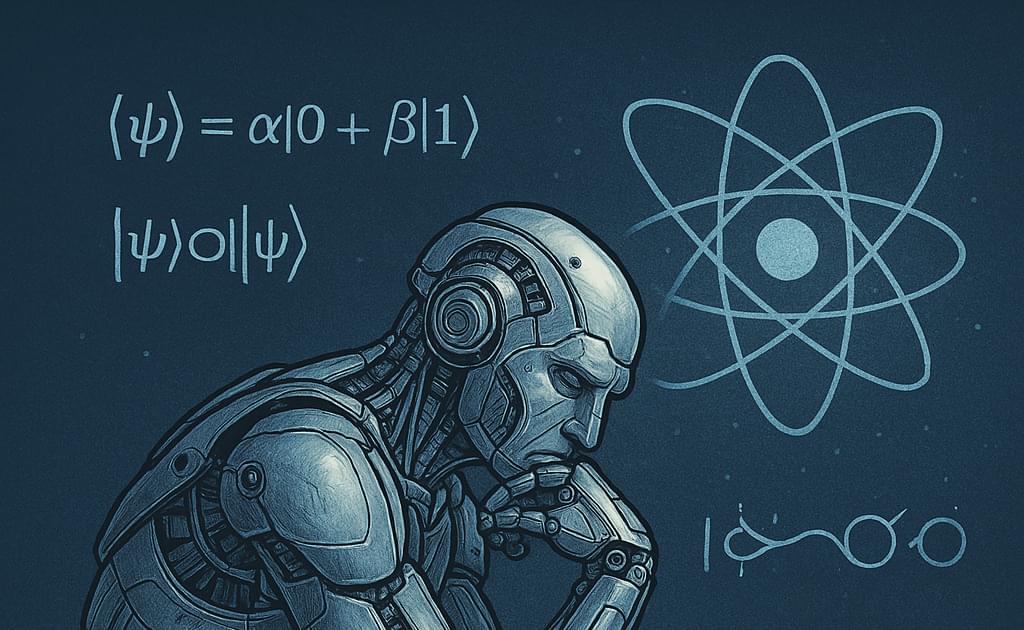Scientists at QuTech have achieved a major milestone in quantum computing by creating highly precise quantum gates on a diamond chip, hitting error rates as low as 0.001%. By using ultra-pure diamonds and advanced gate designs, the team overcame key challenges that have limited previous approache
Category: quantum physics – Page 16
In an attempt to speed up quantum measurements, a new Physical Review Letters study proposes a space-time trade-off scheme that could be highly beneficial for quantum computing applications.
Quantum computing has several challenges, including error rates, qubit stability, and scalability beyond a few qubits. However, one of the lesser-known challenges quantum computing faces is the fidelity and speed of quantum measurements.
The researchers of the study address this challenge by using additional or ancillary qubits to significantly reduce measurement time while maintaining or improving the quality of measurements.
Physicist revisits the computational limits of life and Schrödinger’s essential question in the era of quantum computing
Posted in alien life, computing, quantum physics | Leave a Comment on Physicist revisits the computational limits of life and Schrödinger’s essential question in the era of quantum computing
More than 80 years ago, Erwin Schrödinger, a theoretical physicist steeped in the philosophy of Schopenhauer and the Upanishads, delivered a series of public lectures at Trinity College, Dublin, which eventually came to be published in 1944 under the title “What is Life?”
Now, in the 2025 International Year of Quantum Science and Technology, Philip Kurian, a theoretical physicist and founding director of the Quantum Biology Laboratory (QBL) at Howard University in Washington, D.C., has used the laws of quantum mechanics, which Schrödinger postulated, and the QBL’s discovery of cytoskeletal filaments exhibiting quantum optical features, to set a drastically revised upper bound on the computational capacity of carbon-based life in the entire history of Earth.
Published in Science Advances, Kurian’s latest work conjectures a relationship between this information-processing limit and that of all matter in the observable universe.
Physicists have made a major leap in our understanding of quantum entanglement by fully mapping out the statistics it can produce – essentially decoding the language of the quantum world.
This breakthrough reveals how the bizarre but powerful correlations in quantum systems can be used to test, secure, and certify the behavior of quantum devices, all without knowing their inner workings. The ability to self-test even partially entangled systems now opens doors to more robust quantum communication, encryption, and computing methods. It’s a game-changer for both fundamental physics and real-world quantum tech.
Cracking the code of quantum entanglement.
By encoding quantum information using topology, researchers have found a way to resist the noise that usually disrupts entangled states, potentially transforming the reliability of quantum tech.
Scientists have long sought to unravel the mysteries of strange metals—materials that defy conventional rules of electricity and magnetism. Now, a team of physicists at Rice University has made a breakthrough in this area using a tool from quantum information science. Their study, published recently in Nature Communications, reveals that electrons in strange metals become more entangled at a crucial tipping point, shedding new light on the behavior of these enigmatic materials. The discovery could pave the way for advances in superconductors with the potential to transform energy use in the future.
Unlike conventional metals such as copper or gold that have well-understood electrical properties, strange metals behave in much more complex ways, making their inner workings beyond the realm of textbook description. Led by Qimiao Si, the Harry C. and Olga K. Wiess Professor of Physics and Astronomy, the research team turned to quantum Fisher information (QFI), a concept from quantum metrology used to measure how electron interactions evolve under extreme conditions, to find answers. Their research shows that electron entanglement, a fundamental quantum phenomenon, peaks at a quantum critical point: the transition between two states of matter.
“Our findings reveal that strange metals exhibit a unique entanglement pattern, which offers a new lens to understand their exotic behavior,” Si said. “By leveraging quantum information theory, we are uncovering deep quantum correlations that were previously inaccessible.”
Our machines will be smart enough and eventually we will through intelligence enhancement.
For over a century, Einstein’s theories have been the bedrock of modern physics, shaping our understanding of the universe and reality itself. But what if everything we thought we knew was just the surface of a much deeper truth? In February 2025, at Google’s high-security Quantum A-I Campus in Santa Barbara, a team of scientists gathered around their latest creation — a quantum processor named Willow. What happened next would leave even Neil deGrasse Tyson, one of the world’s most renowned astrophysicists, in tears. This is the story of how a cutting-edge quantum chip opened a door that many thought would remain forever closed, challenging our most fundamental beliefs about the nature of reality. This is a story you do not want to miss.
Researchers have achieved a major quantum computing breakthrough: certified randomness, a process where a quantum computer generates truly random numbers, which are then proven to be genuinely random by classical supercomputers. This innovation has deep implications for cryptography, fairness, an
Jacob Barandes, physicist and philosopher of science at Harvard University, talks about realism vs. anti-realism, Humeanism, primitivism, quantum physics, Hilbert spaces, quantum decoherence, measurement problem, Wigner’s Friend thought experiment, philosophy of physics, the quantum-stochastic correspondence and indivisible stochastic processes.
Jacob: https://www.jacobbarandes.com/
SUPPORT:
Patreon: / knowtime.
Anchor: https://anchor.fm/knowtime/support.
Youtube Membership: / @knowtime.
PODCAST:
Anchor: https://anchor.fm/knowtime.
Spotify: https://open.spotify.com/show/2CjRJPktODLDeHavCNDLGA
Apple Podcasts: https://podcasts.apple.com/us/podcast/know-time/id1535371851?uo=4
CONNECT:
Instagram: https://www.instagram.com/knowtimetofly/
Instagram (Personal): https://www.instagram.com/shalajlawania/
Twitter: https://twitter.com/knowtimetofly.
Twitter (Personal): https://twitter.com/shalajlawania.
Facebook: https://www.facebook.com/knowtimetofly.
Blog: http://www.sadisticshalpy.com/
Hosted & produced by: shalaj lawania.
Quantum computers have recently demonstrated an intriguing form of self-analysis: the ability to detect properties of their own quantum state—specifically, their entanglement— without collapsing the wave function (Entangled in self-discovery: Quantum computers analyze their own entanglement | ScienceDaily) (Quantum Computers Self-Analyze Entanglement With Novel Algorithm). In other words, a quantum system can perform a kind of introspection by measuring global entanglement nonlocally, preserving its coherent state. This development has been likened to a “journey of self-discovery” for quantum machines (Entangled in self-discovery: Quantum computers analyze their own entanglement | ScienceDaily), inviting comparisons to the self-monitoring and internal awareness associated with human consciousness.
How might a quantum system’s capacity for self-measurement relate to models of functional consciousness?
Key features of consciousness—like the integration of information from many parts, internal self-monitoring of states, and adaptive decision-making—find intriguing parallels in quantum phenomena like entanglement, superposition, and observer-dependent measurement.
